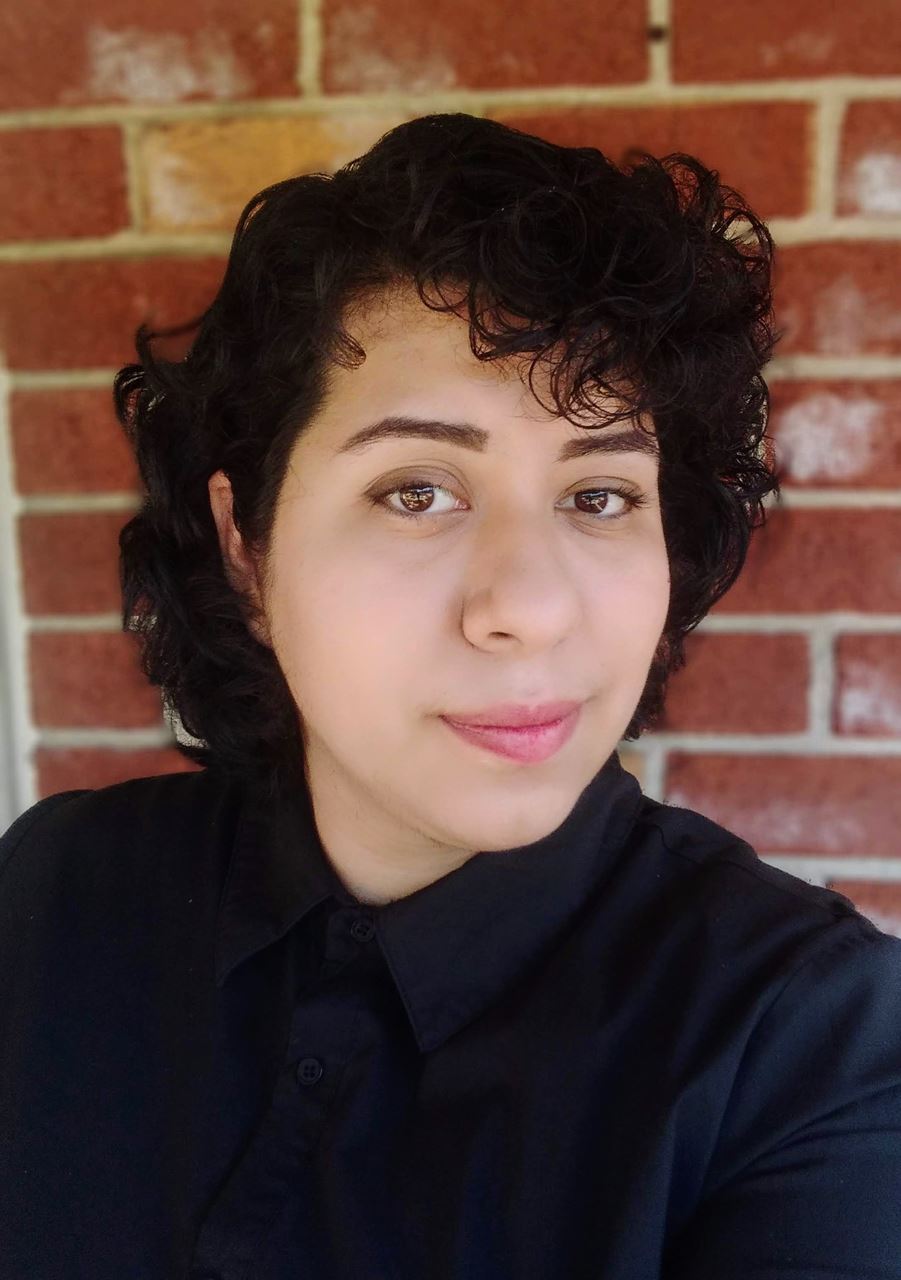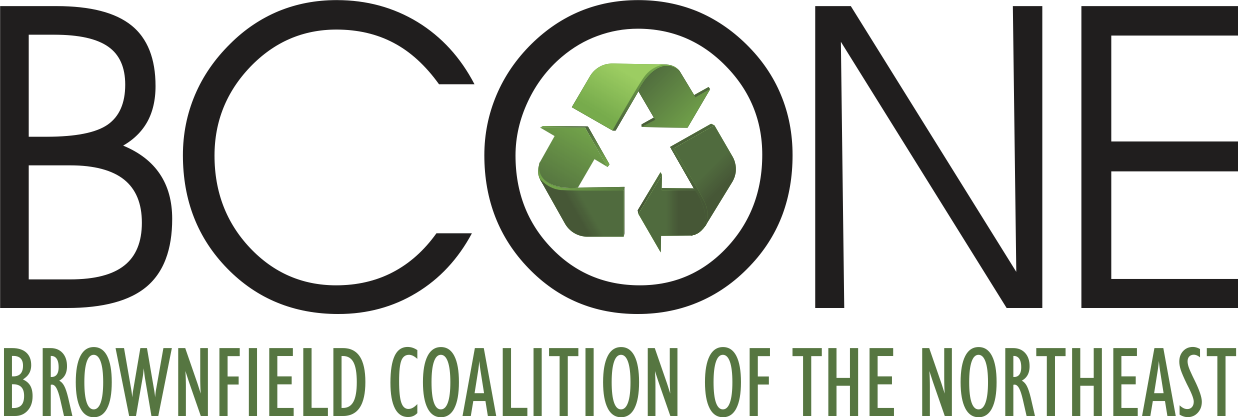By Steve Dwyer
As a brownfield redevelopment writer/reporter since late 2008, I don’t profess to hold the power to directly impact brownfield redevelopment tactics and strategies. That’s way above my pay grade.
Then again, there’s the power of the pen. And, it can be a powerful tool. Those who write and report for newspapers or B2B vertical media, corporate communications, and authors -- they can’t profess to know the secret sauce to success for the industry they cover. But they can provide some level of impact and persuasion if they become fluent in the process. Often, it’s becoming an expert by osmosis.
If you take authors like Jonathan Harr and his book “A Civil Action” and Rachel Carson’s “Silent Spring,” they were both game-changers in the way they exposed environmental injustice decades ago and helped, in their own way, effect change as legacy influencers. Both authors did tireless homework to understand the ins and outs of their subject matters.
 Now meet Marilyn Lopez. Ms. Lopez, a student in Professor Angelos Lampousis’ Phase I ESA class at the City College of New York (CCNY), was recognized for writing the winning essay for BCONE's Charlie Bartsch Scholarship Fund (click here to read her essay now). The essay explores various implications of Harr’s book. She wrote her essay with a subjective lens as she looked to the future as a would-be environmental remediation practitioner.
Now meet Marilyn Lopez. Ms. Lopez, a student in Professor Angelos Lampousis’ Phase I ESA class at the City College of New York (CCNY), was recognized for writing the winning essay for BCONE's Charlie Bartsch Scholarship Fund (click here to read her essay now). The essay explores various implications of Harr’s book. She wrote her essay with a subjective lens as she looked to the future as a would-be environmental remediation practitioner.
Perhaps in a decade, Ms. Lopez will be an environmental engineer who also evangelizes about brownfields in various industry journals, or even a hometown newspaper, where local citizens can read about the “positive impacts” that brownfield redevelopment brings to their community table.
Indeed, we all in this industry know that brownfields are a misunderstood animal. And, the industry needs people who can not only walk the walk of practice, but talk it and write it too. The late Charlie Bartsch, who made huge inroads for this industry within his “day job” duties at USEPA and on Capitol Hill was also a terrific writer—and leveraged that skill to effect change within print platforms and those who read them. This would include the former Brownfield Renewal magazine, where I had the privilege to “edit” his columns. (This assignment was easy as Charlie’s drafts were largely pristine and edit-free.)
No doubt, we need more practitioners doubling as articulators, such as the legacy Charlie left behind. (See Editor’s Note below). Budding professionals like Marilyn Lopez are a breath of fresh air to perhaps carry the way forward, in practice and in prose. Ms. Lopez, a CCNY scholarship recipient, did this rather deftly last fall while studying in Lampousis’ class.
It started when Maria Coler, president of Hydrotechnology Consultants Inc., Jersey City, N.J., served as a guest lecturer in Lampousis’ Phase I ESA class. She based a lecture around “A Civil Action,” and at the end of the semester asked students to write an 800- to 1,200-word essay on their impressions of the book.
The parameters were: Articulating the book’s impact on them. Lessons learned and—perhaps most importantly—summing up how important it is to recognize our understanding of and how we impact the environment…and who should be held accountable. (Coler appreciates the power of the written word to effect change. She formed the BCONE book club in 2020 as a virtual event during the early parts of the pandemic, when people were stuck at home working remotely. The club has grown in its popularity and participation over that time.)
Marilyn Lopez won the essay competition last fall and was awarded a cash prize of $750. The assignment for reading “A Civil Action” over the course of the semester was done to see how the seminal book might have affected students’ understanding of environmental issues and how it impacted their environmental consciousness.
Two key questions were to gauge whether the book made students reconsider their field of study or validated their choice, and were asked to select several key topics that Coler provided as they made their analyses, and to include at least three (see list below).
Marilyn started off by stating that the book “was an interesting read that affected my understanding of environmental issues by illustrating and solidifying some ideas that I had been considering regarding my field of study.
“Reading it opened my eyes to what kind of timeline these environmental issues can move on but it also validated my career choice. As an aspiring environmental engineer, I have to maintain a fine balance between the communities my work will affect and the environment my work will impact.”
In other words, Marilyn isn’t running from the potential challenges inherent within the industry -- she’s running to them, a good sign of inner resiliency and future success.
She talks about the ever-lasting “balancing act” in this industry, adding that “these decisions must be informed by the latest scientific information available. This balancing act is well represented throughout the book. The three topics that best illustrate this balancing act are the archetypal characters in the story, the clear distinction between correlation versus causation, and the way the scientific knowledge of the individual versus scientific consensus is weighed.”
Indeed, this is not a linear, simplistic process as industry stakeholders well know, and Marilyn captured it in that written passage.
Archetypes stand for something on a high level. One archetype might be a visionary. Another a consensus-builder who reaches across the aisle. Marilyn wrote about the archetypes in “A Civil Action” that include “the obsessed attorney; the ‘hysterical woman’; the earnest civil servant; the diligent journalist; the intuitive scientist; and the indefatigable citizen activist are all members of the community whose goals and perspective actively contributed to the story's unfolding.”
Here's Marilyn’s point: “Their tireless work made it possible for justice to eventually prevail, and for the responsible parties to be held accountable,” she wrote.
Marilyn found that the “most striking aspect” of the book is how many people were responsible for events to unfold as they did. “It often seemed like fate intervened for things to line up perfectly”—like the stars aligned.
“There were many instances where Schlichtmann [the attorney character in the book] was in just the right place and at just the right time to meet someone who would be able to unlock the next step in this years-long venture. Each archetype in the book played their part in this interdisciplinary challenge. Every character has a different time scale associated with their contribution. Nonetheless, every contribution was vital for things to unfold as they did,” Marilyn wrote.
No doubt, this industry is unwieldy, with many moving parts and cross-functional tasks, putting an emphasis on cohesion and teamwork for projects to see the light of day.
Marilyn drew from a personal-professional experience for this observation: “This was very familiar to me, considering that many of the environmental projects that tackle environmental issues that lead me to pursue environmental engineering were instigated, led, and maintained by a multitude of people from different backgrounds. It's a challenge that needs to be addressed on many fronts.”
She also wanted to impart in her narrative the “clear distinction between correlation and causation. A big problem with determining whether the pollution led to children getting leukemia was the small sample size. Throughout the book you see many scientists of many different fields tackle this issue and eventually they generate enough lines of evidence to say that there is a correlation between them. Unfortunately, that was not enough. It is never enough to say that something is correlated. That is something that I have learned many times over during my time as a student.”
The beauty of Marilyn’s essay was that it was not a “siloed” perspective. It was two dimensional and open, as she weaved the book in with some of her own experiences along the academic journey.
She goes on to write that “correlation is not something to ignore, especially if you have an understanding of the subject and a well-established scientific basis. However, if you are good enough with numbers you could very easily make almost anything correlated. Although the events in this book took place throughout many years, there was not enough time for causation to be established in time for the trial.
“The third topic that was very important when reading this book was how the scientific knowledge of the individual versus scientific consensus is weighed. It is very important to have rigorous standards concerning scientific consensus. It takes many people many years of hard work to come to a scientific consensus.”
Surely, many in the BCONE organization can take heart knowing that the future of the industry is in good hands with those who can practice and preach, and Marilyn Lopez has an inside track on such a distinction. So do all of the other scholarship winners, including the recent UCONN students and Stevens Institute of Technology students.
In closing, Marilyn added: “Reading this book while taking my Phase I class really stressed how important it is to recognize that our understanding of how we impact the environment and who should be held accountable for environmental concerns, will inevitably be updated as time passes.”
She offered a case in point: The recent update made to the ASTM E1527 standard. The book showed “how it took a group of dedicated people from all walks of life to make meaningful change. It was very much a community effort.” It validated her career choice because it showed her “that I can make meaningful change as long as I am steadfast and steady in my pursuits.”
To BCONE and to Maria Coler, this essay contest was a well-spent $750, no doubt!
Topics listed in generating student analysis for “A Civil Action”
- Correlation v. Causation
- Accidental Discovery
- Synchronicity
- Intuitive Link Between Environment and Public Health
- Lack of Government Oversight & Regulations
- Profit Motive
- Corporate Deception
- Scientific Knowledge (Individual) v. Scientific Consensus
- Tipping Point in Environmental Awareness
- Seismic Event to Raise Consciousness-Cancer Cluster
- Role of Gender, Class
- Race Bias, Labor Rights
- Citizen Activists and Citizen Scientists
EDITOR’S NOTE: If you want to honor Charlie Bartsch and assist creating the future leaders in the environmental profession, please go here https://www.brownfieldcoalitionne.org/charlie-bartsch-brownfield-scholarship to contribute to the BCONE scholarship fund, named to honor former BCONE Board Member, Charlie Bartsch.
Posted May 4, 2022

